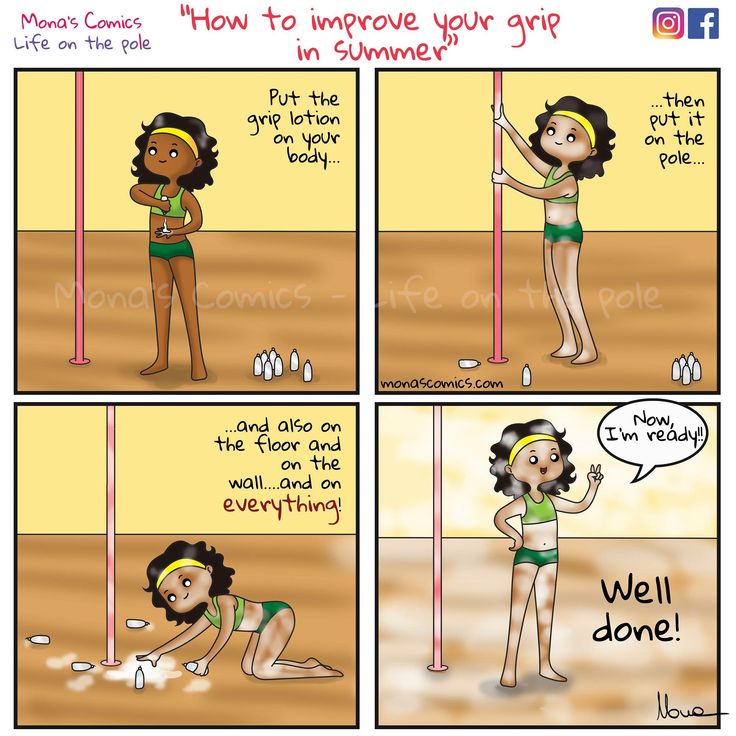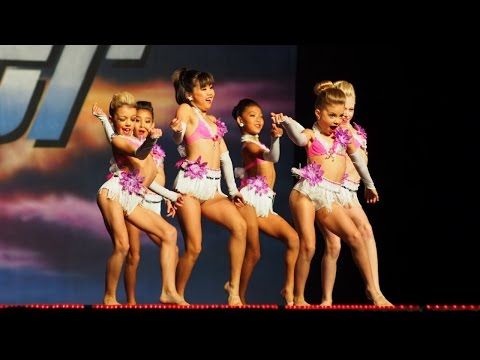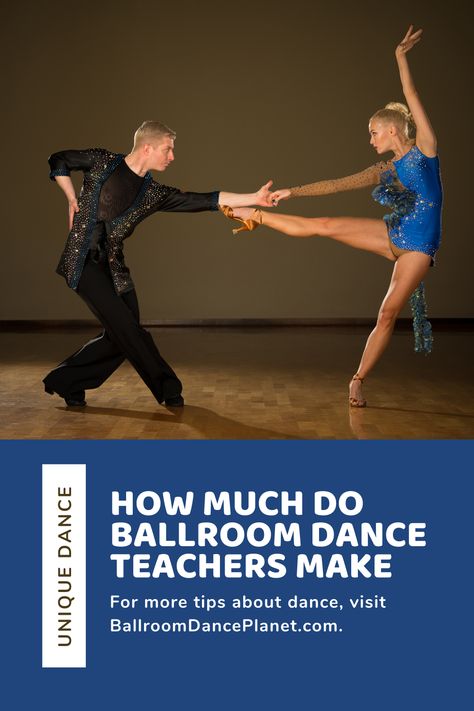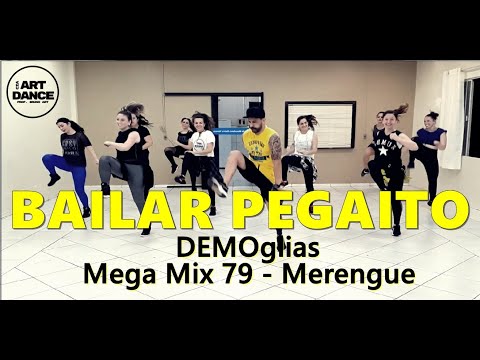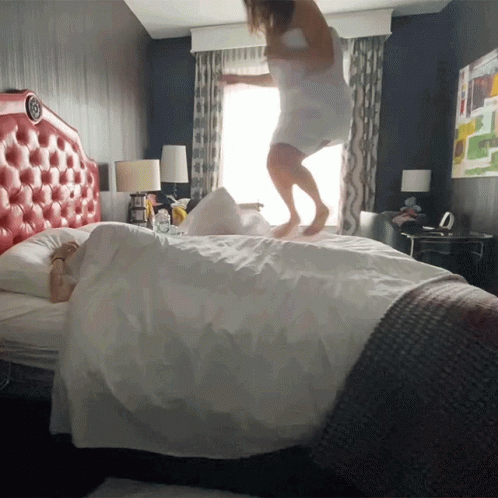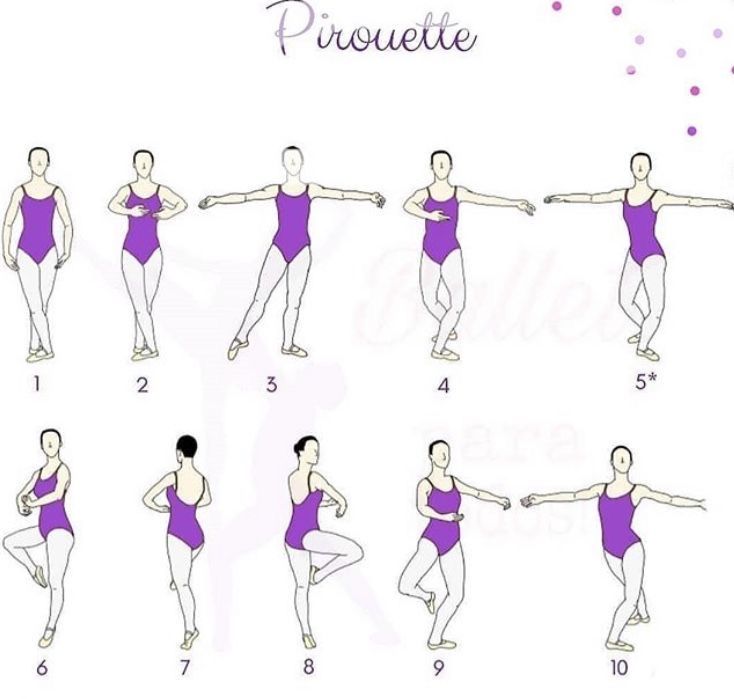How to improv dance
Simple Ways to Improve Your Dance Improvisation Skills
How I went from terrified of dance improvisation to teaching it!
Are you the kind of dancer who freezes up at the very mention of improvisation in the dance studio? If so, I feel you! I spent so much of my training and early career being absolutely terrified of dance improvisation. I would improv when I was forced to, but it never felt good, organic, comfortable, or authentically me. I always felt like I was always:
- copying what I had seen on dance videos, or caught other dancers doing out of the corner of my eye,
- trying to guess what the teacher expected from my dance improvisation and do whatever I thought they would like,
- recreating movement I had learned in technique class, by putting steps together in randomly in a way that didn’t make sense to my body,
- planning out every movement, gesture, shape, or step in my head before my turn, to the point where it was less of an improvisation and more of a mental choreography exercise, or
- hiding in the back and praying no one was paying any attention to me or my dance improvisation failures.
When I was a student at the MFA program at the University of Maryland, however, everything changed. First of all, I had amazing faculty who provided the kind of structure I needed to actually feel comfortable with improv and improve my dance improvisation skills. They used creative and specific dance improvisation exercises that helped me to feel as though I was accomplishing a movement task, not just flopping around aimlessly. They incorporated improvisation into many different aspects of the program, from choreography classes to technique classes to theory classes, rather than isolating it as a (very nerve-racking) event of its own. They encouraged a regular dance improvisation practice outside of class, in the safety and comfort of our living rooms or solo studio time, if you were so lucky to find it. And perhaps most importantly, they recognized that we all had our own movement backgrounds and encouraged us to explore what made our movement and improvisation unique.
My experience at UMD changed everything for me, in so many ways, but especially in terms of how I approach dance improvisation! I am beyond grateful to my teachers and mentors during that time, especially Sara Pearson and Patrik Widrig, improvisers and educators extraordinaire.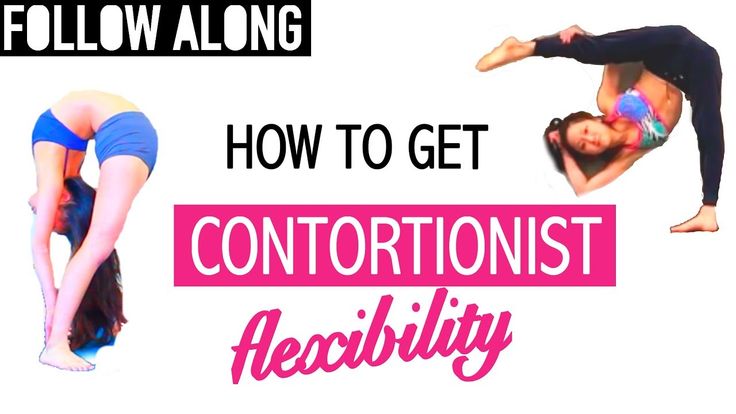 In the roughly ten years since graduation, I’ve had the opportunity to teach improv to a lot of students. I’ve had to figure out how to help them become as comfortable with dance improvisation as I grew to be with the right experiences and mentorship. From those experiences, I’ve developed ten easy ways to improve your dance improvisation skills, whether you are an uncomfortable newbie, or an experienced improviser who can’t get enough.
In the roughly ten years since graduation, I’ve had the opportunity to teach improv to a lot of students. I’ve had to figure out how to help them become as comfortable with dance improvisation as I grew to be with the right experiences and mentorship. From those experiences, I’ve developed ten easy ways to improve your dance improvisation skills, whether you are an uncomfortable newbie, or an experienced improviser who can’t get enough.
Why is improvisation important for dancers?
Improvisation has exploded in popularity in recent years, and it is increasingly important for dancers of all skill levels and dance styles to be comfortable improvising. Improv has become a necessary skill for success in the dance industry, Dancers may be asked to improv at auditions, as part of a competition, during convention classes, at workshops, during summer intensives, in rehearsals, and even on stage during choreography. It is our job as dance teachers to help our students become comfortable with improvisation so that they are prepared to encounter it throughout their careers. In addition to being a vital career skill, dance improvisation can also help students develop important life skills that will benefit them outside the studio. Students learn adaptability, decision making, confidence, self-expression, communication skills, creativity, and more through dance improvisation. It can be an important tool for personal empowerment. You can learn more about the importance of dance improvisation and find great exercises to help you improve your improv skills at this blog post: Your Ultimate Guide to Improvisation in the Dance Studio
In addition to being a vital career skill, dance improvisation can also help students develop important life skills that will benefit them outside the studio. Students learn adaptability, decision making, confidence, self-expression, communication skills, creativity, and more through dance improvisation. It can be an important tool for personal empowerment. You can learn more about the importance of dance improvisation and find great exercises to help you improve your improv skills at this blog post: Your Ultimate Guide to Improvisation in the Dance Studio
Ten easy ways to improve your dance improvisation skills
Don’t look in the mirror
It seems simple, but in my opinion getting out of the mirror is honestly the best way to improve your dance improvisation skills. When you allow yourself to be distracted by your image in the mirror, you end up breaking the natural flow of your movement. You get stuck in how things look through the distorted perception of the mirror, rather than focusing on how they feel.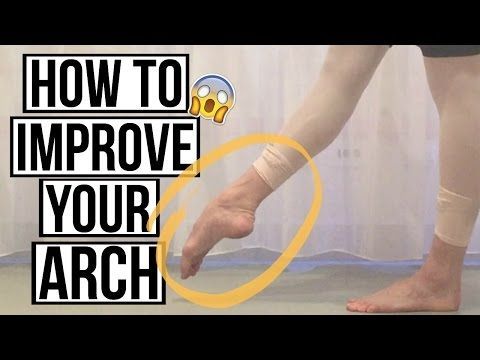 Chances are, when you choose movement based on how it feels over how it appears to you in the mirror, it will actually look better to the audience – and create a more authentic and joyful experience for you, too!
Chances are, when you choose movement based on how it feels over how it appears to you in the mirror, it will actually look better to the audience – and create a more authentic and joyful experience for you, too!
The beauty of dance improvisation is that it unfolds second to second in the present. It is one of the few activities we can participate in that is 100% embodied in the present moment. That can be scary – but it is also incredible freeing! Try not to reflect on or recreate past improv moments that felt “good” to you, or to copy moves and phrases that you learned in technique class. Instead, focus on how you are feeling right now, and how you can bring new energy and life into your present improv experience by making original movement choices.
Let your breath be your guideWhen we are nervous and anxious, we often hold our breath. That’s true in life, and somehow it can become even more true when it comes to dance improvisation! But in life and in dance, and especially in improvisation, holding our breath is almost never a good idea. Breathing calms our nervous system, and helps us think rationally and clearly. Moreover, breathing can help shape and guide our movement, allowing us to flow naturally from one movement to the next. Before you start improvising, take some time to breath deeply and consciously. As you breathe in, initiate a movement, and as you exhale, follow the momentum of that movement into something new. (You can also try the reverse for a challenge!) Check in frequently with your breath during your dance improvisation to make sure you aren’t holding your breath, breathing shallowly, or forcing an unnatural breathing pattern.
Breathing calms our nervous system, and helps us think rationally and clearly. Moreover, breathing can help shape and guide our movement, allowing us to flow naturally from one movement to the next. Before you start improvising, take some time to breath deeply and consciously. As you breathe in, initiate a movement, and as you exhale, follow the momentum of that movement into something new. (You can also try the reverse for a challenge!) Check in frequently with your breath during your dance improvisation to make sure you aren’t holding your breath, breathing shallowly, or forcing an unnatural breathing pattern.
One of the easiest ways to improve your dance improvisation skills is to stop thinking of improv as stringing a bunch of steps together on the fly. When you approach improvisation as doing a bunch of steps you already know in a random order, the result is usually a dance experience that both looks and feels unnatural.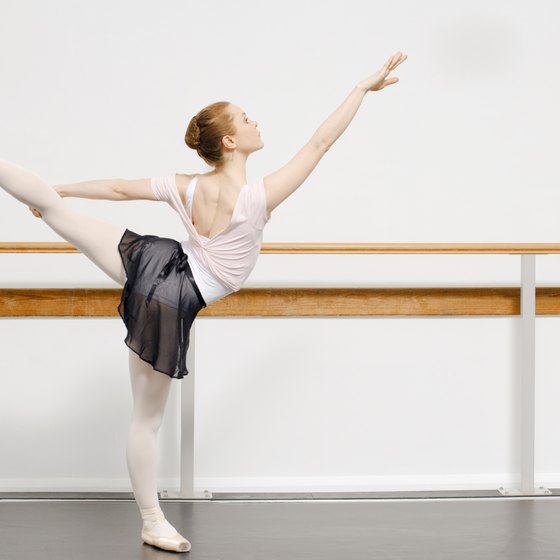 What makes improv a unique practice, in my experience, is that it is organic. By “organic,” I mean that it comes naturally from what you are feeling and how you are motivated to move in that given moment. To help find your organic way of moving that goes beyond the steps you’ve learned in technique class, try exploring different improvisation prompts that challenge the way you think about movement and technique. Beginning improvisers might find the prompts in The Holistic Collection of Dance Improvisation Prompts & Activities helpful, while those who are super comfortable with improv might find the out of the box prompts in my #ChoreographyAdventures to be a fun and playful challenge.
What makes improv a unique practice, in my experience, is that it is organic. By “organic,” I mean that it comes naturally from what you are feeling and how you are motivated to move in that given moment. To help find your organic way of moving that goes beyond the steps you’ve learned in technique class, try exploring different improvisation prompts that challenge the way you think about movement and technique. Beginning improvisers might find the prompts in The Holistic Collection of Dance Improvisation Prompts & Activities helpful, while those who are super comfortable with improv might find the out of the box prompts in my #ChoreographyAdventures to be a fun and playful challenge.
I use failure in quotes here because honestly, I don’t believe there is any such thing when it comes to dance improvisation. Improv is all just a beautiful experiment, with few rules for right or wrong. But often, dancers are paralyzingly afraid of failing.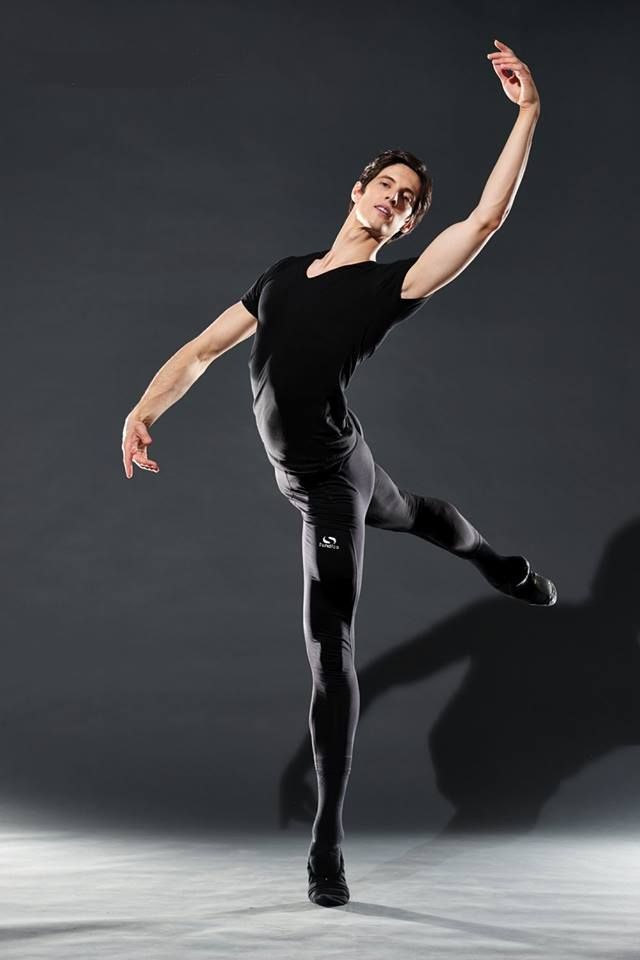 We can be perfectionists by nature, and at times it is even that quest for beauty and “perfection” that draws us to the art form itself. But fear of failure can often get in the way to truly beautiful experiences that help us grow and learn. For example, I once had the amazing opportunity to take a master choreography class with choreographer Bill T. Jones. I’m almost positive the phrase he used to describe the movement that I created was: “I don’t particularly care for this one very much.” I was devastated in the moment, but able to bounce back quickly because I treated the class like an experiment. Maybe the results of my experiment didn’t impress Bill T. Jones, but I was still able to learn and grow from the process. And I have a great story to tell about it, to boot!
We can be perfectionists by nature, and at times it is even that quest for beauty and “perfection” that draws us to the art form itself. But fear of failure can often get in the way to truly beautiful experiences that help us grow and learn. For example, I once had the amazing opportunity to take a master choreography class with choreographer Bill T. Jones. I’m almost positive the phrase he used to describe the movement that I created was: “I don’t particularly care for this one very much.” I was devastated in the moment, but able to bounce back quickly because I treated the class like an experiment. Maybe the results of my experiment didn’t impress Bill T. Jones, but I was still able to learn and grow from the process. And I have a great story to tell about it, to boot!
Dance improvisation is a skill, and like with any skill, practice makes for progress. Spend some time as often as you can improvising. It could be grooving to your favorite song in your bedroom before bed, making improv part of your warm-up before class or rehearsal, or setting aside a half hour every week to play with movement. The more you practice, the easier it will be to improve your dance improvisation skills.
The more you practice, the easier it will be to improve your dance improvisation skills.
Getting feedback from a trusted source can be a great way to improve your dance improvisation skills. When you are at a place when you feel comfortable improvising in front of other people, ask a friend or dance teacher to give you some constructive feedback. (PS: I’m also available for private coaching in dance improvisation, online or in person!) Just remember to take it all with a grain of salt! Everyone has their own aesthetic and taste, and what fits their vision may not be authentic to you. Take their advice where it works for you, but stay true to the dancer you want to be!
Think specificGive yourself a goal for each dance improvisation experience. I rarely, if ever, direct my students to “just improv.” Without a goal or purpose in mind for your dancing, it is easy to fall into old habits: planning ahead instead of enjoying the moment; trying to recreate past improvised movement that felt good; copying other people; or just repeating what you’ve learned in class. Some good examples of specific goals are focusing on how you use space, working on movement for a particular body part, changing levels and tempos throughout, or imaging that you are dancing in a special environment, like on the moon or under the sea.
Some good examples of specific goals are focusing on how you use space, working on movement for a particular body part, changing levels and tempos throughout, or imaging that you are dancing in a special environment, like on the moon or under the sea.
Practice listening deeply to the music, if it’s provided to you, and connecting your movement to multiple aspects of it. Listen to the rhythm, the melody, the instrumentation, the harmonies, the lyrics, and whatever else you can discern. Try dancing to each specific part of the music, expressing what you hear in each layer with your movement. When you are practicing on your own, try using many different genres of music, from ragtime to reggae to classical to folk. This is a great way to expand how your move, challenge your movement habits, and improve your improvisation skills. You can even improvise in silence, responding to the pace of your breathing, the atmospheric sounds in the room around you, and visual inputs.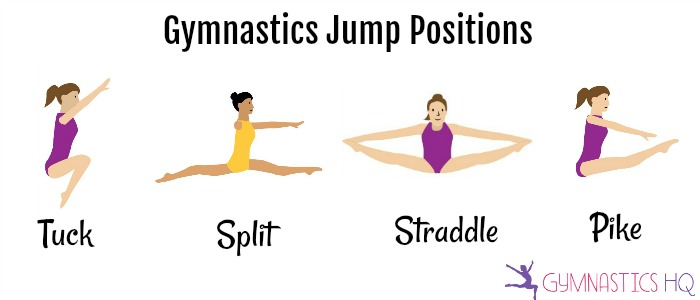
Once you discover your organic and authentic dance improvisation style, chances are you might fall into a routine of moving that way every time you are asked to improvise. Challenge yourself to continually expand your movement style and find new ways of pushing your boundaries as an improviser. If you love moving on the low level, try incorporating jumps. If you tend to stay on balance, work in more inversions and off-balance movements. If you love hard-hitting and percussive movements, find your lyrical side. There is a way to express yourself in new ways, while still staying true to who you are!
What are some of way that you have learned to improve your dance improvisation? Share your best advice and tips in the comments!
More Dance Improvisation Resources
- Dance Improvisation Tips & Activities for Beginning Dancers
- 4 Creative Ways to Use Dance Improvisation in Technique Class
- Your Ultimate Guide to Improvisation in the Dance Studio
- The Holistic Collection of Dance Improvisation Prompts & Activities
Visit my Resources page for tools to help your reach your dance goals and support a holistic creative practices, sign up for my monthly newsletter, or join me on Facebook at The Holistic Dance Teacher.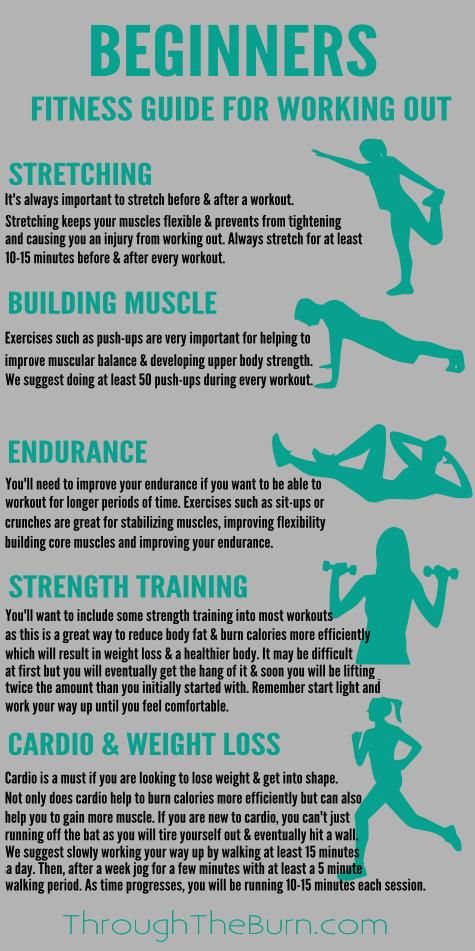
Top 5 Ways to Improve Your Improv Dance Moves
December 6, 2015 Dance Life Brandi Vickers
Dance improvising can be a tricky art to master, especially when dancers are starting out. However, once you’ve got certain skills down pat, it will be easy for you to break out improvised moves pretty much anywhere, whether you’re in a street competition or looking to impress people during a dance audition. Have you ever improvised a few dance moves before? If you haven’t, don’t worry. Use these five starter tips to help you improve your improv dance moves anywhere you go.
1. Don’t Be Scared
Most dancers starting improvised dance moves may not know where to begin, especially if they’ve been given complete guidance and structure on how to dance until now.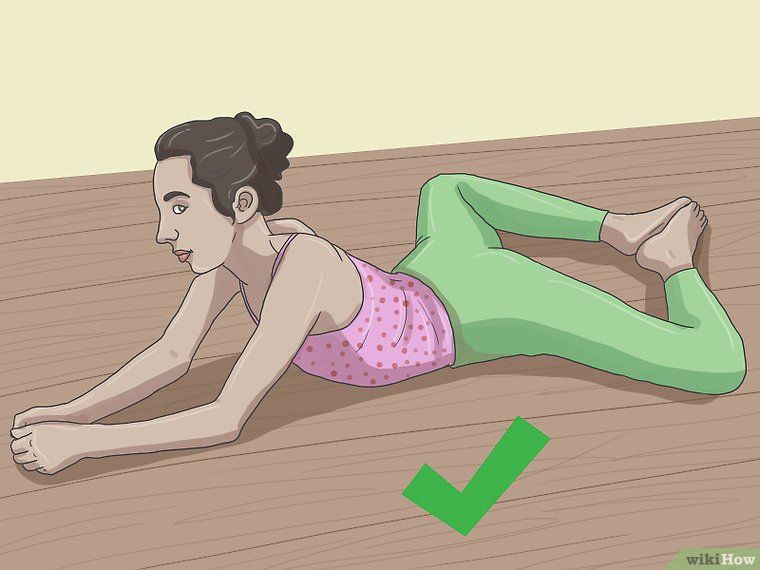 Dancers might be worried that they will look foolish or weird in front of their colleagues. However, it’s just the opposite! Most dancers don’t realize they have natural rhythm and beat from years of practicing choreography. Have fun with it and have confidence. Improvised dancing can be challenging, but it’s a way that allows people to let loose and express themselves. Regardless of what move you come up with, it will have some structure and flow.
Dancers might be worried that they will look foolish or weird in front of their colleagues. However, it’s just the opposite! Most dancers don’t realize they have natural rhythm and beat from years of practicing choreography. Have fun with it and have confidence. Improvised dancing can be challenging, but it’s a way that allows people to let loose and express themselves. Regardless of what move you come up with, it will have some structure and flow.
Beginning improvised dance is also a great time to get to know your body and find out what kind of dance you really like. You’ll learn how your body naturally moves and what types of dancing you appreciate most, whether it’s modern or old school. If you’ve already done a little choreographing, improv dance will help you become a better teacher. You might come up with a few moves you really like and learn how to be more creative on the fly, allowing for more original dances.
2. Begin With a Frame
When you’re starting out, it’s good to have a little structure in your improvising. If you’re taking a dance improvisation class, it might be focused on one part of dancing, such as fluid movement, dancing gleefully or even working on space. Regardless of what the prompt is, don’t watch others around you. Instead, watch the instructor and listen to yourself. What do you think of when you picture fluidity? How do you express glee? Starting with your own emotions and feelings is a great way to help guide yourself through the process.
If you’re taking a dance improvisation class, it might be focused on one part of dancing, such as fluid movement, dancing gleefully or even working on space. Regardless of what the prompt is, don’t watch others around you. Instead, watch the instructor and listen to yourself. What do you think of when you picture fluidity? How do you express glee? Starting with your own emotions and feelings is a great way to help guide yourself through the process.
3. Go In With An Open Mind
If you enter an improvisation class and feel embarrassed or judgmental from the get-go, it’s not going to go well. You’ll constantly be judging your moves in the mirror or might be too focused on what others in the class are doing instead of what you are expressing. If you act this way, you won’t allow for any creative energy to develop. Only practice improvisation with an open mind and remember that it’s all about having fun.
If you look a little silly, so what? Every move helps guide you toward a better rhythm and motion.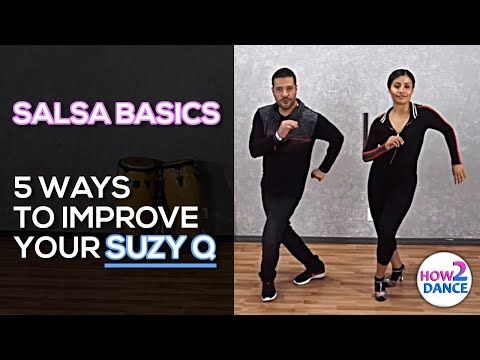 Going in with an open mind helps you stay in the moment and move freely instead of thinking about what’s coming next. Once you’re doing this, you’re improvising dance moves! Then you can work on which moves you like and can perfect them.
Going in with an open mind helps you stay in the moment and move freely instead of thinking about what’s coming next. Once you’re doing this, you’re improvising dance moves! Then you can work on which moves you like and can perfect them.
4. Follow Others, But Not Too Much
If you’re taking a dance improvisation class, your teacher might ask your class to show each other your moves. When this happens, look at other peers in your class and see what moves they’re creating that make their dances interesting and original. Of course, don’t copy these moves yourself, but notice what works within a dance piece and what doesn’t.
Watching others dance may open your mind to new types of dance that you didn’t initially consider in your own set of moves. If you’re really struggling and finding it difficult to create your own segment, perform in front of a few friends and see what they think. You can also watch tutorials and how-to videos on the best ways for improv dance to help inspire you.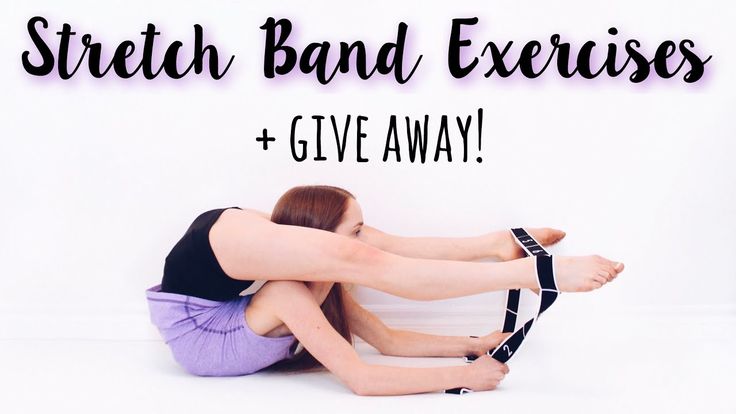
5. Go Outside Of Your Comfort Zone
Improv dance is all about exploring new things. If you have a couple of regular moves you always go to, or there’s a certain type of dance you like, leave it at the door. Instead, go outside of your comfort zone and try new types of dance, even if you’re not familiar with them.
tweet
Dance improvisation - 3 simple exercises
Dance School Dance Cruise VKontakte
In fact, you can learn to improvise, for this you just need to turn on the music and start moving. And you don't have to wait until your body is ready for a highly technical dance. Start doing this today, keep your movements very simple and often repeated. If you try to dance every day, then very soon your improvisation will become more relaxed and beautiful. And in general the concept of "beautiful" is ambiguous, subjective. Therefore, do not evaluate your reflection in the mirror, but it is best to improvise without a mirror.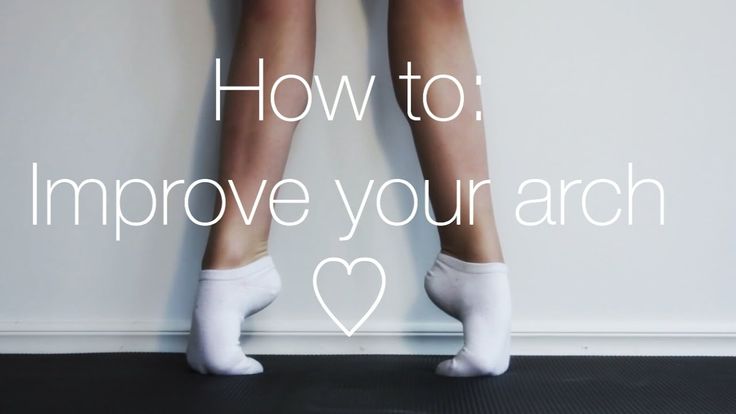 This will help you move away from the stereotype faster. Even music is not paramount here. All you need is to catch the mood, move and listen to your own feelings. Next, we will analyze some exercises for developing the skill of improvisation. Some of these exercises can be done alone, others with a partner or as part of a group. With regular practice of these movements, you will quickly develop the ability to improvise in dance. With these exercises, you can start, or vice versa, finish dancing classes.
This will help you move away from the stereotype faster. Even music is not paramount here. All you need is to catch the mood, move and listen to your own feelings. Next, we will analyze some exercises for developing the skill of improvisation. Some of these exercises can be done alone, others with a partner or as part of a group. With regular practice of these movements, you will quickly develop the ability to improvise in dance. With these exercises, you can start, or vice versa, finish dancing classes.
1. Slow movement
Dance improvisation is instant choreography. In the process of free dance, unusual movements and combinations are born. One of the most effective improvisation exercises is slow movement.
Slow controlled movement develops plasticity and allows you to focus the mind on inner sensations.
Start with very small range of motion, you can just rock from side to side, shifting balance from one foot to the other. Feel the movement start deep in your body.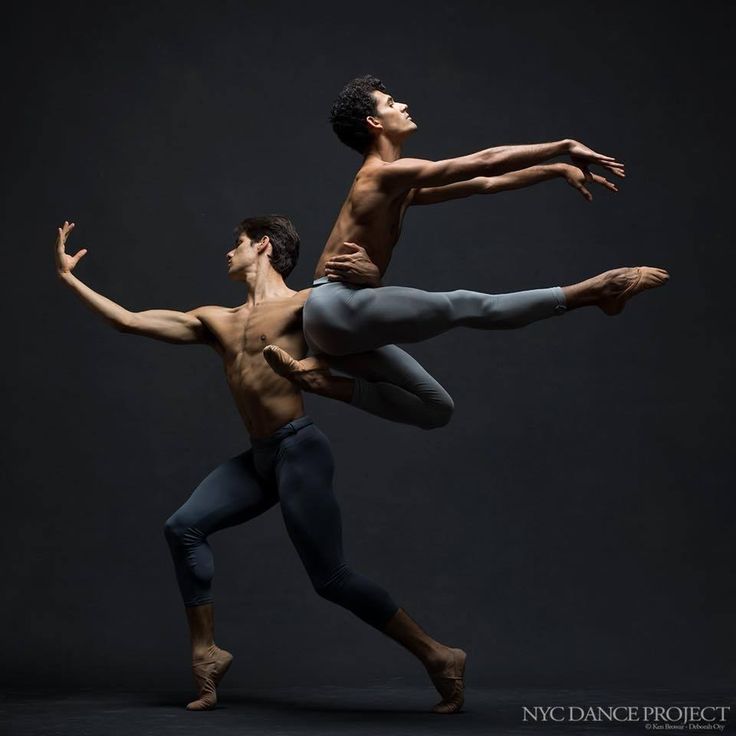 Gradually increase the range of motion, using more and more space. Smooth movements allow you to mentally explore your own body, and give rise to countless forms of combinations. Do this improvisation exercise for 10 to 30 minutes. With this exercise, you can start a dance class, which will prepare your muscles and joints for more serious stress.
Gradually increase the range of motion, using more and more space. Smooth movements allow you to mentally explore your own body, and give rise to countless forms of combinations. Do this improvisation exercise for 10 to 30 minutes. With this exercise, you can start a dance class, which will prepare your muscles and joints for more serious stress.
2. "Follow me"
Another exercise to learn how to improvise in dance is called "follow me". It is performed in a group. One dancer begins to move arbitrarily, all other participants repeat the movements of the leader. After a while, the leader changes. Each participant can be in the role of leader. This exercise is a great way not only to learn how to quickly grasp new dance moves, but also to copy the way other dancers perform.
3. Reading a book
For this improvisation exercise you will need a book, it is best to take a children's story. Each student names the page and line number. After reading this line, the dancer tries to express the associative meaning through the dance, paying particular attention to verbs and adjectives.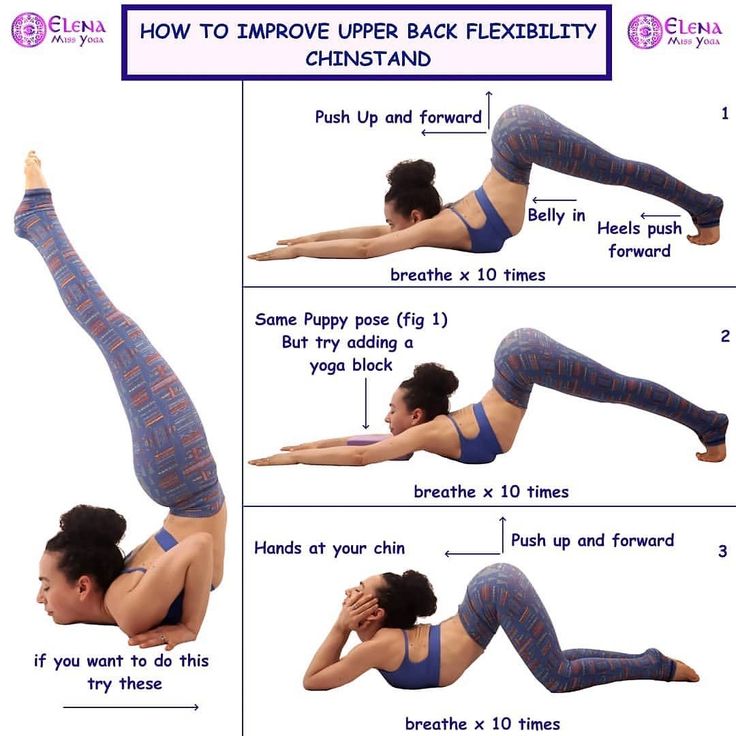 After all participants have performed their piece, you can try to do them at the same time as a whole group. With this simple exercise, you can create an unusual dance combination.
After all participants have performed their piece, you can try to do them at the same time as a whole group. With this simple exercise, you can create an unusual dance combination.
What does dance improvisation give?
Sense of balance
One of the main secrets of the brilliant performance of any dance is the constant sense of balance of one's own body in space. As soon as the dancer loses this feeling, mistakes, blurring, falls and even injuries occur. Dance improvisation is no exception. During free dance, the sense of body balance is also important. In this case, you will be able to control yourself in space, ensure the correct execution of the most complex dance sequences. Even your planned falls to the floor, the so-called “going to the ground”, you will control, perform smoothly or abruptly, completely silently, and avoid bruises and sprains.
Mood
This is perhaps the most important condition. You should never wait for a special emotional upsurge in order to start improvising.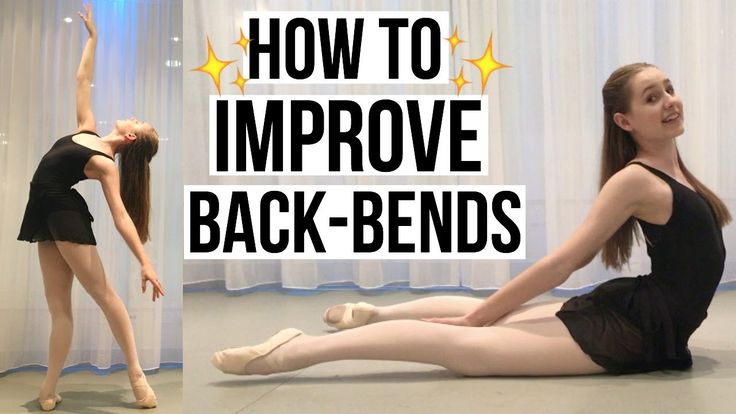 The necessary feeling of flight and joy will come to you sooner or later in the process of dancing. You will learn to dance any emotions that you are experiencing at the moment. This is the meaning of 's ability to improvise in dance . Moreover, you are experiencing the joy of life at the moment, try to find an opportunity to throw out your mood in the dance. Don't think about the beauty and sequence of movements, it doesn't matter if there is music. The main thing is that at this moment you experience pleasure. And then the music will be born inside you, as well as an amazing feeling of harmony with yourself.
The necessary feeling of flight and joy will come to you sooner or later in the process of dancing. You will learn to dance any emotions that you are experiencing at the moment. This is the meaning of 's ability to improvise in dance . Moreover, you are experiencing the joy of life at the moment, try to find an opportunity to throw out your mood in the dance. Don't think about the beauty and sequence of movements, it doesn't matter if there is music. The main thing is that at this moment you experience pleasure. And then the music will be born inside you, as well as an amazing feeling of harmony with yourself.
If you want to know answers to other questions about the ability to improvise or get practical advice, or you need an external impulse to start improvising in dance, call 8-929-592-18-02 (Vyacheslav) and sign up for private dance lessons. I am sure that the talent for dance improvisation is inherent in each of us. You just need to free your body from the clamps and taste conventions. This and much more will be covered in this lesson. And get real pleasure from dancing!
This and much more will be covered in this lesson. And get real pleasure from dancing!
Dance School in Selyatino Dance Cruise
Improvisation in dance - Choreographic Ensemble Inspiration
Surely this question has repeatedly arisen in the minds of those who have just started dancing, when watching various television dance shows, whose participants often pass the test of improvisation with such ease . How did they achieve this? Did they learn it or is it an inborn talent? Let's try to figure it out.
Improvise in dance - means to create, to create something without preliminary preparation, either in poetry or in dance Dance improvisation is the ability to listen to music and move, move and create, create a dance and not think about what movement to make in the next moment. And, of course, you can learn it.
First of all, it is necessary to understand that the ability to improvise increases the dancer's skill, makes it interesting, attracts the eyes of the audience during the dance, like a magnet. But this is exactly what every dancer strives for - to fascinate and captivate with his dance into the wonderful world of music.
After the goals are realized, there is motivation, we get down to business. Find a room where no one will disturb you, turn on your favorite music, under which you will certainly want to “light it up”, close your eyes and listen. Do not think about the movements, memorized "pas", types of dances and so on. Just listen, and at some point you will understand what your body wants. Hands will involuntarily begin to move and freeze, you will want to take a step, another, turn your head. By changing the rhythm, increasing or shortening the pauses, you can try to move different parts of the body one by one, at the same time...
Improvise! Think about what this music is about and what your body wants to say.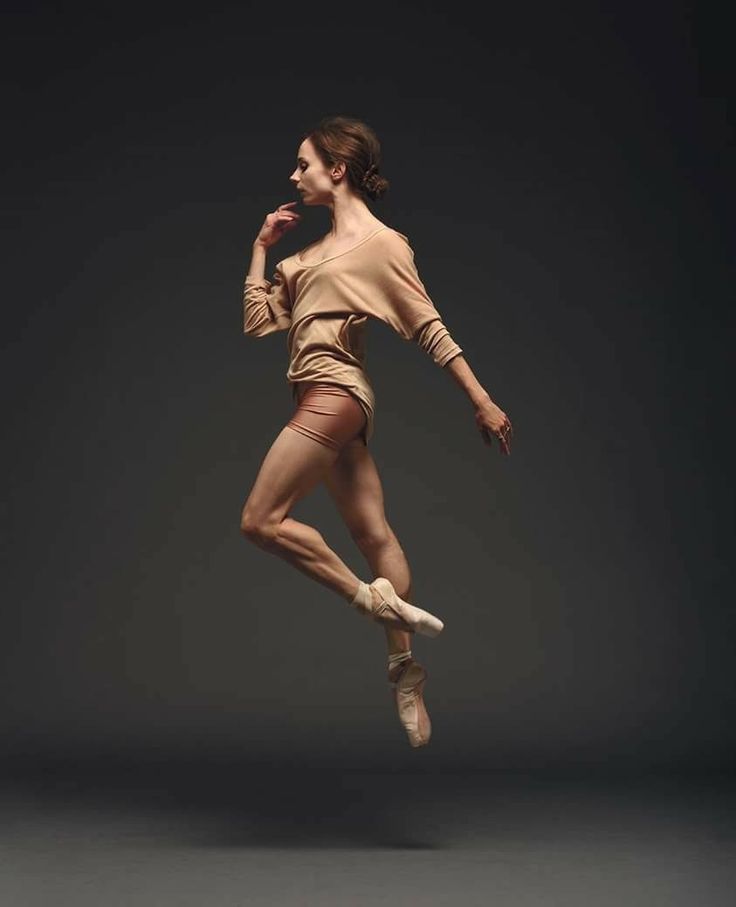 Remember that dance is life, and life is unpredictable, full of surprises and unexpected twists of fate.
Remember that dance is life, and life is unpredictable, full of surprises and unexpected twists of fate.
After you learn to go with the flow, it's time to remember those dance compositions that have already been learned and include them in your improvisation. But in no case do not calculate your dance a few steps ahead, avoid this mistake. Thus, you can not only improvise, but also repeat previously learned combinations.
Make it harder. Imagine that your hands are tied, and you must certainly dance. What are you going to do? What if the legs are tied? Blindfolded? Let your soul throw off the shackles of the physical body and speak to this world in the language of dance.
Why does a dancer need to be able to improvise in a dance ? First of all, in order to make your dance alive, to diversify your dance movements, to be able to expressively convey the character of the dance, its idea.